My one of artworks was selected an juried exhibition, our sense of Long Island in Mills Pond Gallery.A Sense of Place Long Island - July 15 - August 11, 2023 Port Jefferson is a beautiful, historic town located on the North Shore of Long Island where the smell of salt in the air and the sound of the Long Island Ferry is never too far in the distance. Amongst the vibrant tapestry of Port Jefferson, the melody of life unfolds. Conversations and laughter spill from cozy cafes, where aromatic brews and delectable treats invite moments of respite and connection. The town square, a gathering place for residents and visitors alike, becomes a stage for serendipitous encounters and shared tales, weaving a vibrant sense of community. As the day gently surrenders to dusk, Port Jefferson dons a cloak of enchantment. The lamplight casts a warm glow upon the streets, revealing the town's nocturnal allure. Whispers of stories long past weave through the night, carried on the breeze, as if the very fabric of time embraces the town's enduring spirit. As the sun bids adieu, a symphony of colors emerges in the sky—a kaleidoscope of pastel pinks, purples, and blues. The heavens become a celestial canvas, where wisps of clouds become brushstrokes, and the fading light creates a mesmerizing interplay of hues. It is a visual symphony that stirs the heart and evokes a sense of wonder. In the charm of Port Jefferson Harbor at sunset, there exists a fleeting moment of transcendence—a meeting point where the terrestrial and the celestial converge, where the boundaries of reality are blurred. It is a time when the harbor becomes a living masterpiece, painted by the hand of the setting sun and cherished by those fortunate enough to behold its captivating allure.
0 Comments
Student's artworks by Daniel and Sophia.Today, Daniel and Sophia learned to create an abstraction of a beautiful flower using pouring acrylic using the balloon smashing technique. Below is an abstract painting by 12-year-old Daniel. He created small floral patterns of various shapes in bright colors with a bright feeling. These patterns came together to form one beautiful spring garden. The great thing about this technique is that children are free to explore and experience their artistic flair and the world without having to learn any particularly difficult skills. Depending on the color, pattern, and size of the pattern chosen by the children, the feeling of the picture changes, and it is very helpful in many ways because you can complete a large work in a short time. The work above is an abstract painting completed with the same technique by 9-year-old Sophia. She deliberately flooded her paints, causing her paper to stand up and flow down. She and she and she made the stem of the flower. Her brilliant ideas are amazing. Through a new painting technique that does not use a brush, children can create a garden of their imagination and develop artistic expression and sense. No longer confined by the conventions of brushes, these children are liberated to experience the world of art in a tactile and intimate manner. As they explore the interplay of colors, their senses awaken, and their artistic intuition deepens. The canvas becomes a playground of textures and sensations, where they embrace the joy of discovery and embrace the wonders of self-expression. My treasure NestI got the idea of my treasure nest from the contents under "Revisiting/Revising Art and Home (by Courtney Lee Weida)" in the journal. “How we define, acquire, use or consume art materials is also relevant to our personal and community spaces. Because these items decorate (or at least fill) parts of our homes and classrooms. For example, I choose a model for teaching my art education students with recycled and repurposed materials. This choice was motivated in part by ecological concerns.” In other words, I use recycled paper as the material of my nest to arouse ecological interest. Also, as emphasized in this journal, I came to think about what a meaningful nest work that connects a house and a space, that is, evokes memories. At this time, I remembered the bird's nest my deceased father made for me when I was a child. My father was a man who was good at anything. When I was young, I raised a pair of parakeets, and my father pulled out yellowed grass in the fall (Korean grass turns yellow in the fall) and twisted them together to make a string and then made a bird's nest. So, for me, the nest was connected with longing and love for my father and happy memories of my childhood. I was so moved to see the thin, dried-up grass turn into a nice nest. It was as if the invisible father's love was nurturing me. Thinking of these memories, I used the brown wrapping paper that always comes in to protect Amazon's items with recycled paper. The paper was cut into three pieces as shown below and then weaved to make a string. The Amazon wrapping paper is very sturdy, clean and in good condition, easily making a great string. After making this string round, I put it vertically using gold-colored wrapping thread and weaved it so that the round nests were attached to each other. Then a nice paper nest was created. I used wrapping paper for gifts I received after my child's birthday party in this nest, rolled it up into roses, and decorated it with pretty turquoise bird eggs. The second nest uses recycled straws as wires. Around this wire, the rules were woven with Amazon packing string. This method made the nest more robust. And I decorated this little nest. I think this process reminded me again of the importance and value of the space called home. Most of all, while making this nest, I was moved by their efforts, love and sincerity, how small birds can build a nest that does not collapse even in wind and rain. I also drew a picture of a bird in the past. Looking at my pictures of birds in the past, I thought about the energy I received from birds. They love their home, they love the family that lives in it, and they are dedicated to protecting it and their family. I am particularly interested in the journal Craft/Work Programming by Rachel Wallis and Nora Renick Rinehart. Rhodes' statement resonated very well. That said, it's something that resonates with women who often shoulder the responsibilities of childcare and housework. Having many restrictions due to childcare and work life, she did not separate the space of home from her work life but matched it. In other words, it is a way to find her own identity from home and extend it to the community. It was like I made a nice nest using Amazon recycled paper. I discovered that my nest has finally become a true treasure. That is, all I have to do is weave a very small simple string around me. As an artist, it is only when you value yourself and weave one by one before having a grand and grandiose dream that you truly connect with your surroundings, and as a result, you create a great work. The same goes for applying this to my students. Students are a string of strings to me. I can weave these strings well, both parallel and perpendicular, to create one large, beautiful work. The same goes for students' lives. Therefore, through this project, I deeply realized that my mission as an art educator is to have the craftsmanship of a weaving craftsman. This realization is such a precious treasure to me. In other words, art education, which I defined through this project, is the work of carefully weaving students' dreams piece by piece. And those simple tasks come together to make one big nest, and another dream and life can grow in this nest. Through Nest, I realized once again my mission as an art educator to weave children's dreams. New student's artworks by Daniel and SophiaToday I would like to introduce two talented young artists. Below is an autumn forest drawn by Daniel (12) using artist tape. He has an unhurried, calm mind and the ability to draw details while thinking deeply. Daniel's unhurried spirit finds expression in this watercolor painting, as each stroke of his hand reveals a serene world of nature. As you gaze upon the artwork, a sense of tranquility washes over you, transporting you to the heart of an enchanting forest during the fall season. With his autumn forest drawing with artist tape, Daniel has gifted us a serene sanctuary, a testament to his talent, patience, and the depths of his artistic soul. It is a remarkable testament to the power of art to transport and inspire, reminding us to slow down and appreciate the intricate beauty that surrounds us. Below is the bubbles abstraction expressed by Daniel. He practiced the motto of being bold about mistakes emphasized in the first class and expressed the water bubbles boldly and happily. Let me paint a vivid description of Sophia's captivating autumn forest, where her artistic vision comes to life through a harmonious blend of colors and bold strokes. As you first set your eyes upon Sophia's artwork, the background washes over you like a warm embrace. The canvas is adorned with hues of yellow and orange, reminiscent of a breathtaking sunset over the ocean. The vibrant tones create a mesmerizing backdrop against which the rest of the forest unfolds. Standing tall and proud, the trees take center stage in Sophia's composition. With each brushstroke, she brings forth a sense of strength and resilience. The trunks rise boldly, their forms commanding attention and radiating an aura of unwavering might. Through her artistry, Sophia captures the indomitable spirit of these majestic guardians of the forest. Below is Sophia's representation of the bubble. She connected the bubbles together by inducing an overflow of watercolor paint between them. To this effect, she developed her new technique of using both her hands simultaneously, and taught herself the art of shaking her paper to make shapes. Using her ingenious approach, Sophia induces an overflow of watercolor paint between the bubbles, forming graceful connections that mimic the fluidity of water itself. In both Daniel and Sophia's artworks, we witness the blossoming talent of two young artists, each with their unique perspectives and artistic voices. Note after reading the article, Nests: the art of birdsWhich birds' nests can be considered works of art, aesthetic creations worthy of our admiration? From the beginning of the 20th century, attitudes about what constitutes art changed radically. A major breakthrough came when Picasso described indigenous crafts as art. At the time, anthropological rather than artistic interests were common. In 1907, Picasso saw African tribal masks in the Museum of Ethnology at the Trocadero Palace in Paris. he commented: The mask was not like other sculptures. you're welcome. They were magical objects. The masks triggered a catharsis when Picasso quoted their formal and symbolic qualities in his 1907 work Les Demoiselles d'Avignon, the painting that was the precedent to Cubism. Birds are inventive, a need driven by evolution’s struggle for survival. Art is sometimes regarded as a leisure activity: if people have the time (and sufficient food and shelter), they can develop the ability to create pleasing and well-made objects. Beauty needs planning and a discerning audience that can appreciate it. As the males work, the females judiciously assess their progress. A great deal of skill and industry goes into each nest: the weave must be of the right tightness and elasticity otherwise the eggs will slide out. Perhaps in the future, the ingenious and beautiful constructions made by some birds will take their place in galleries as art.
|
Myungja Anna KohArtist Categories
All
Archives
July 2024
|
Proudly powered by Weebly

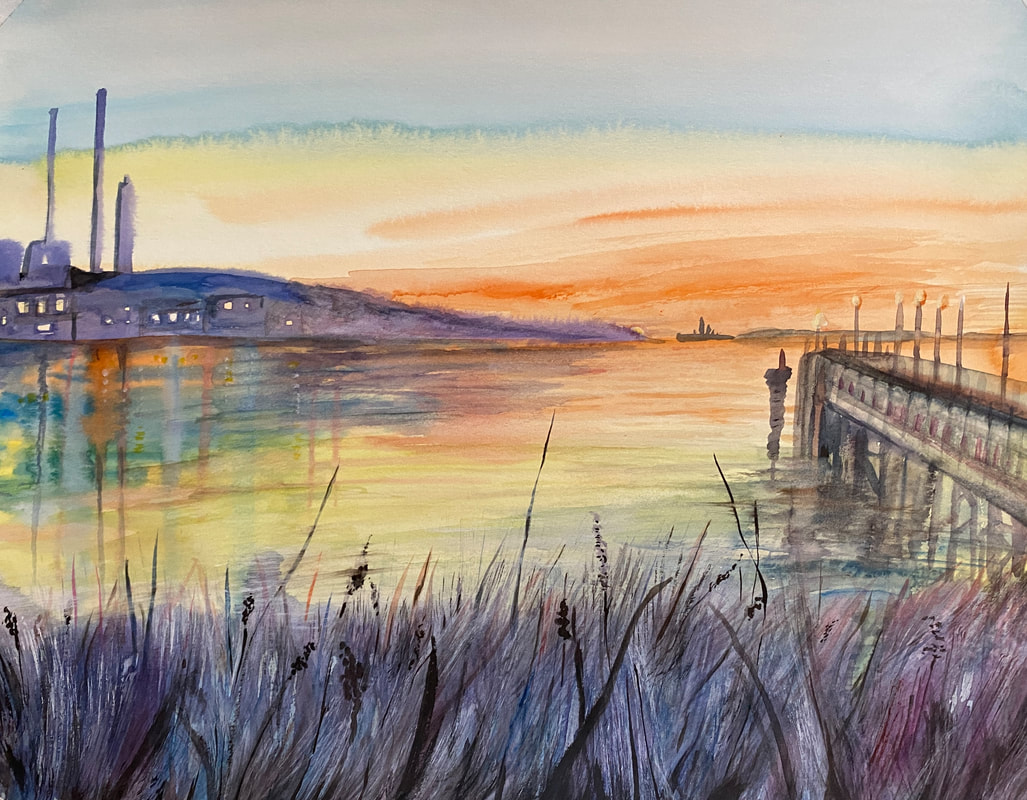
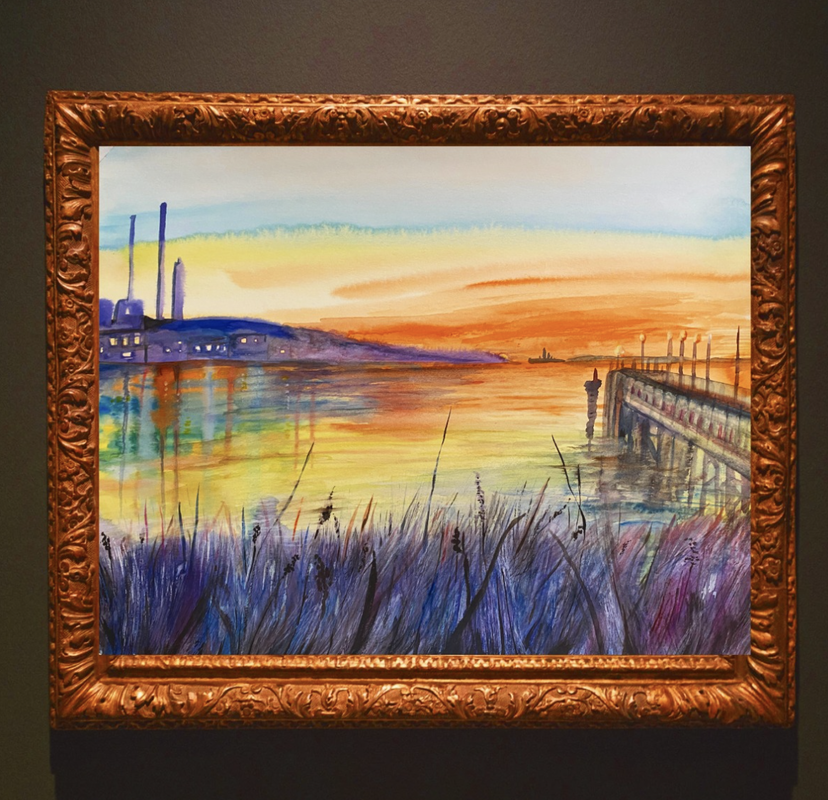
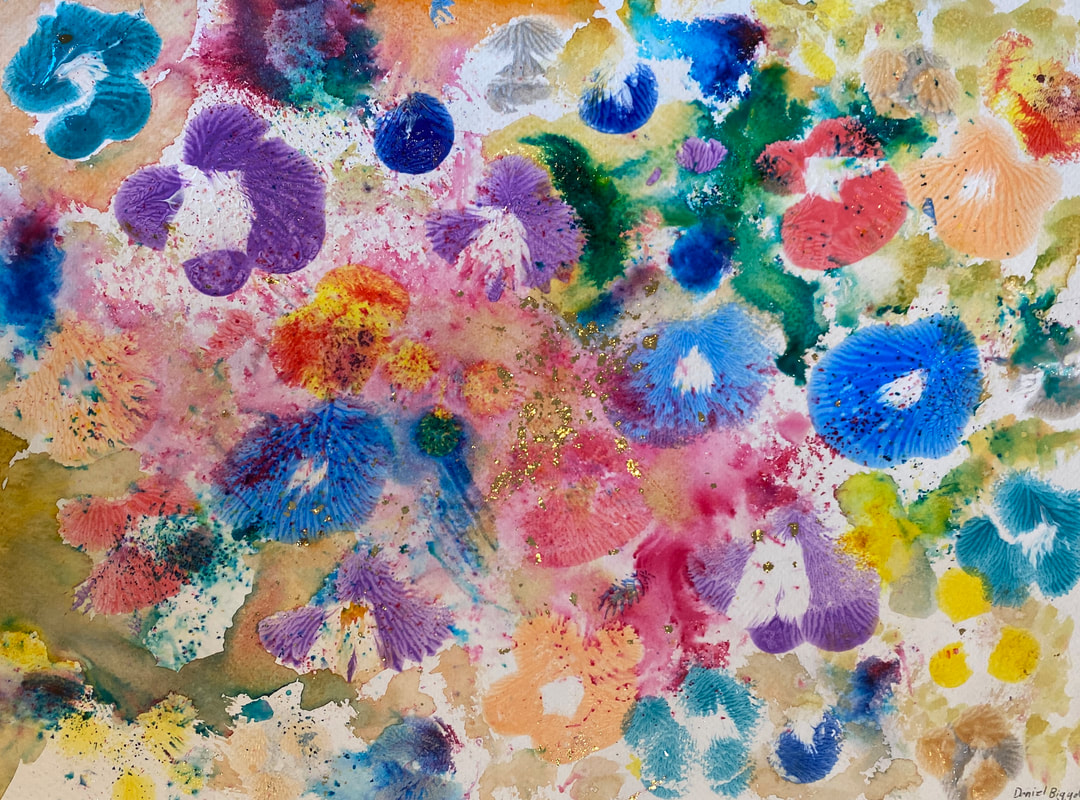
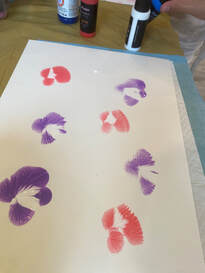
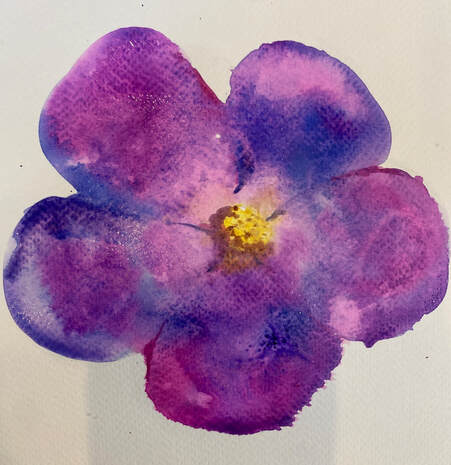
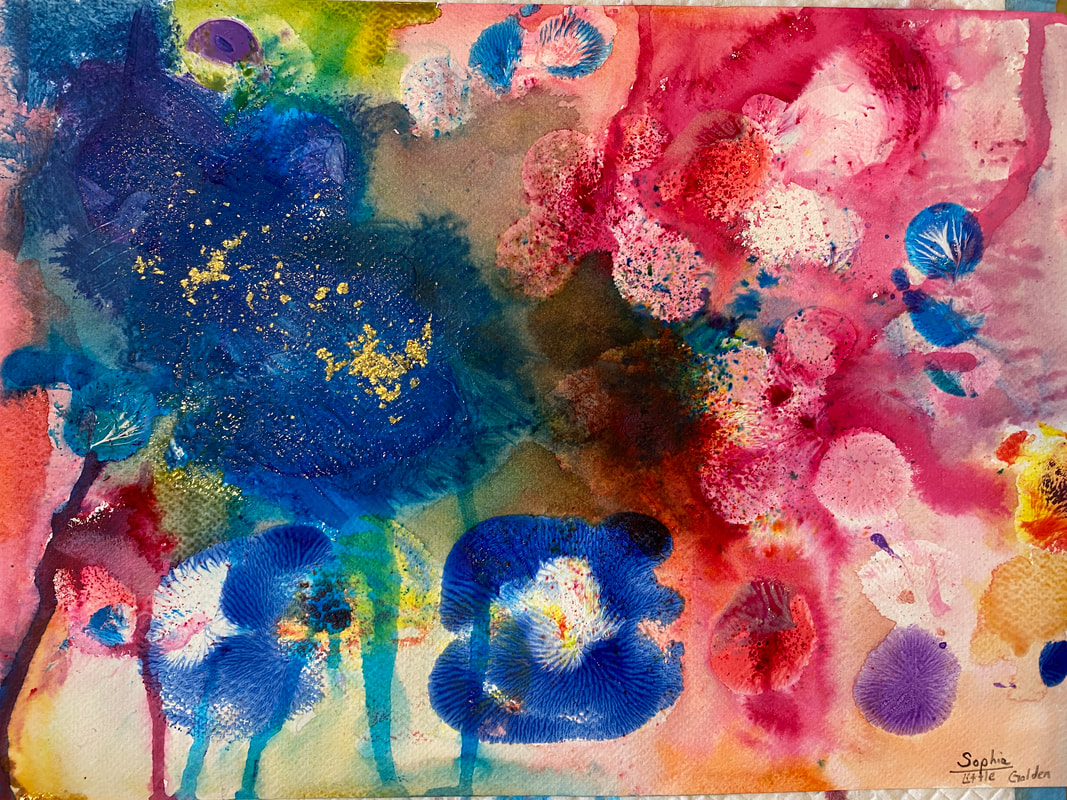
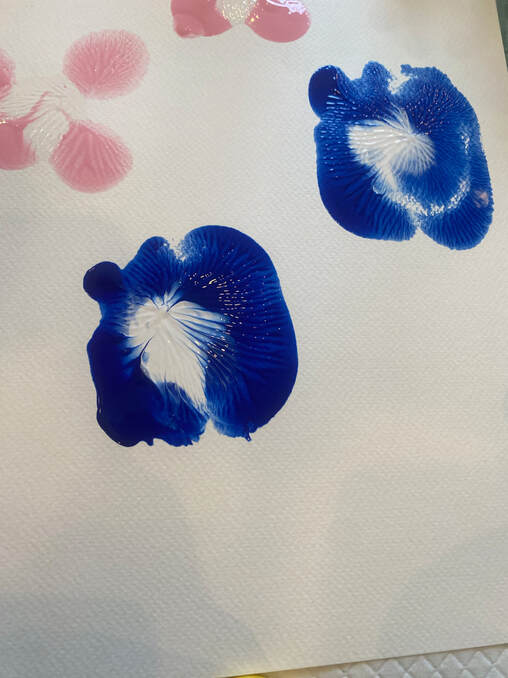
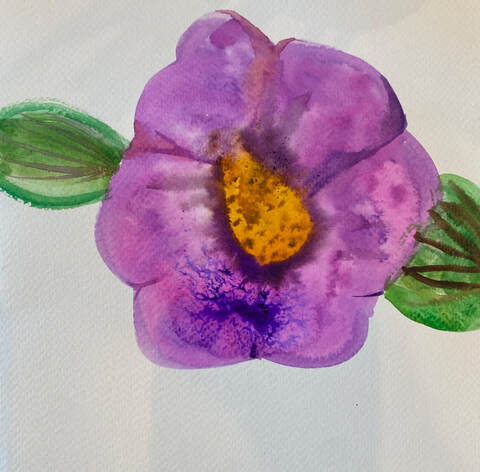
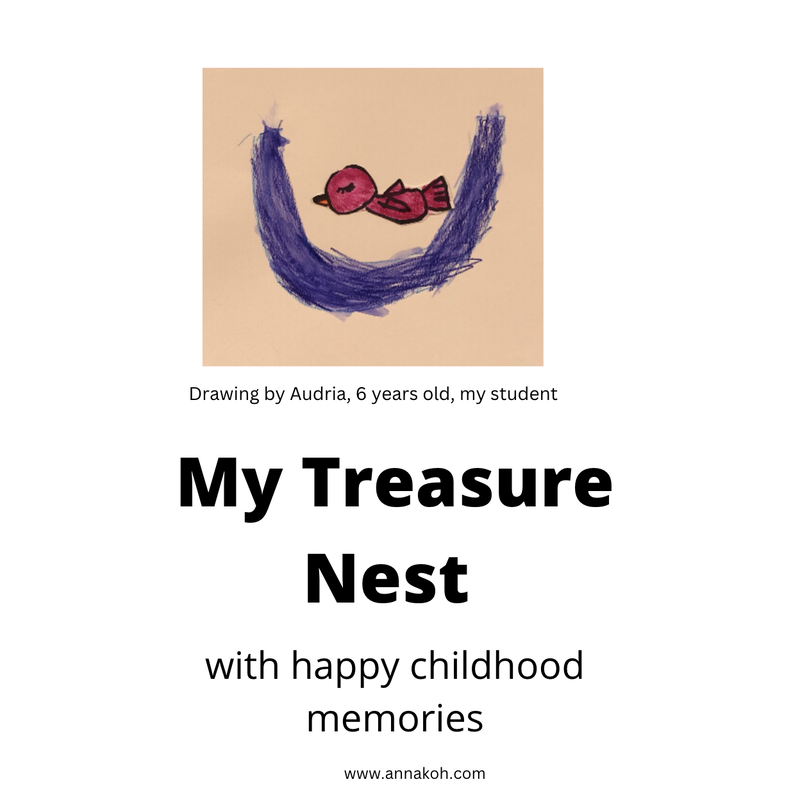
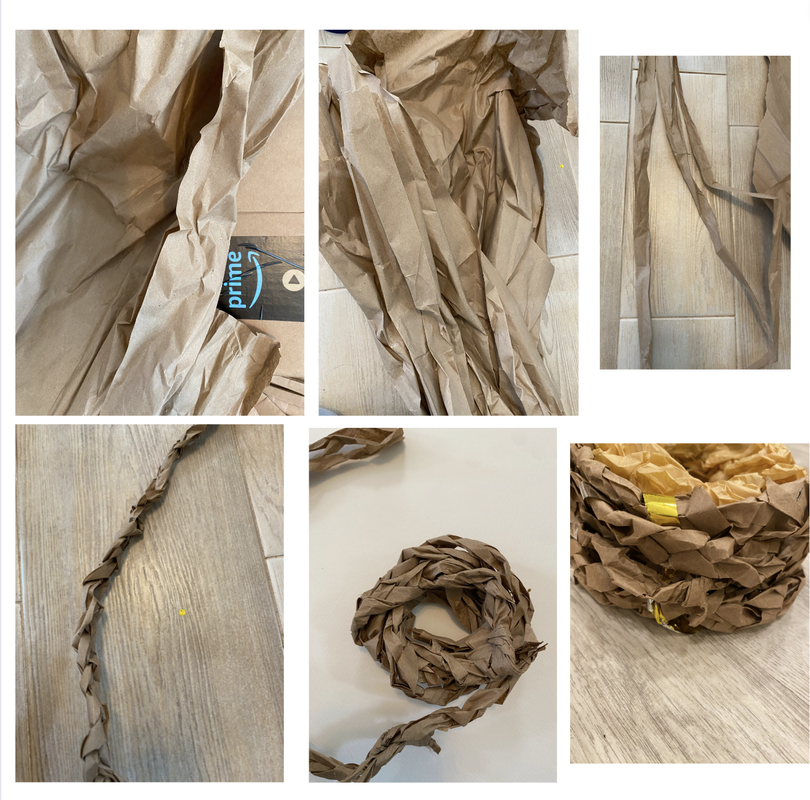
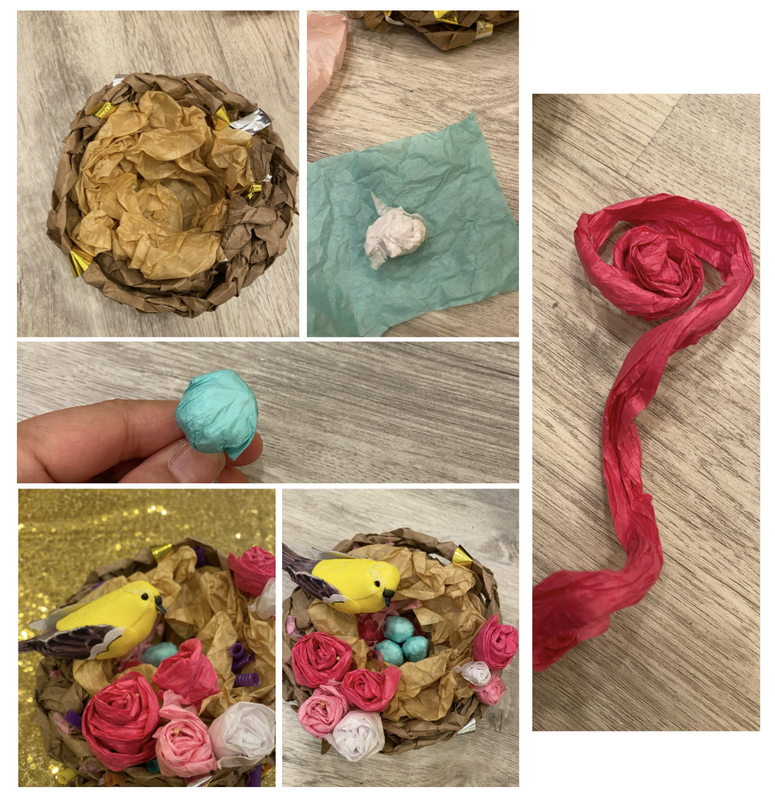
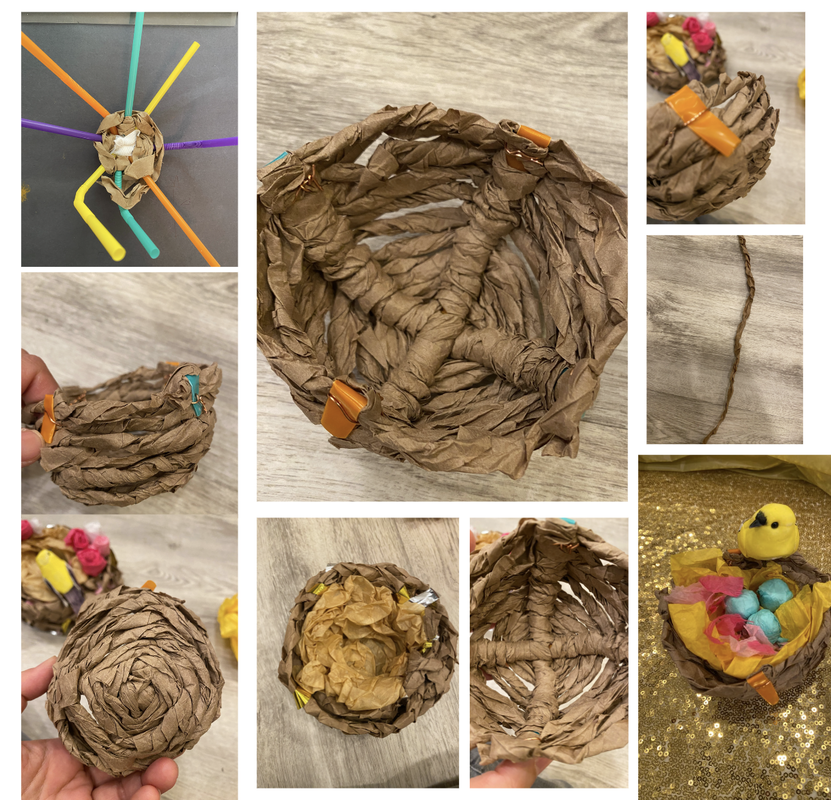
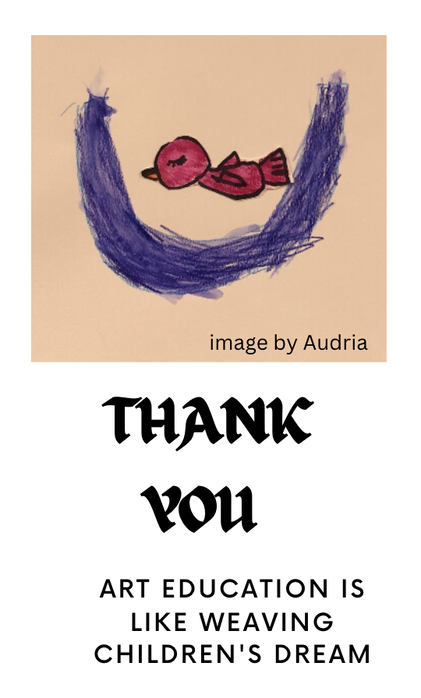
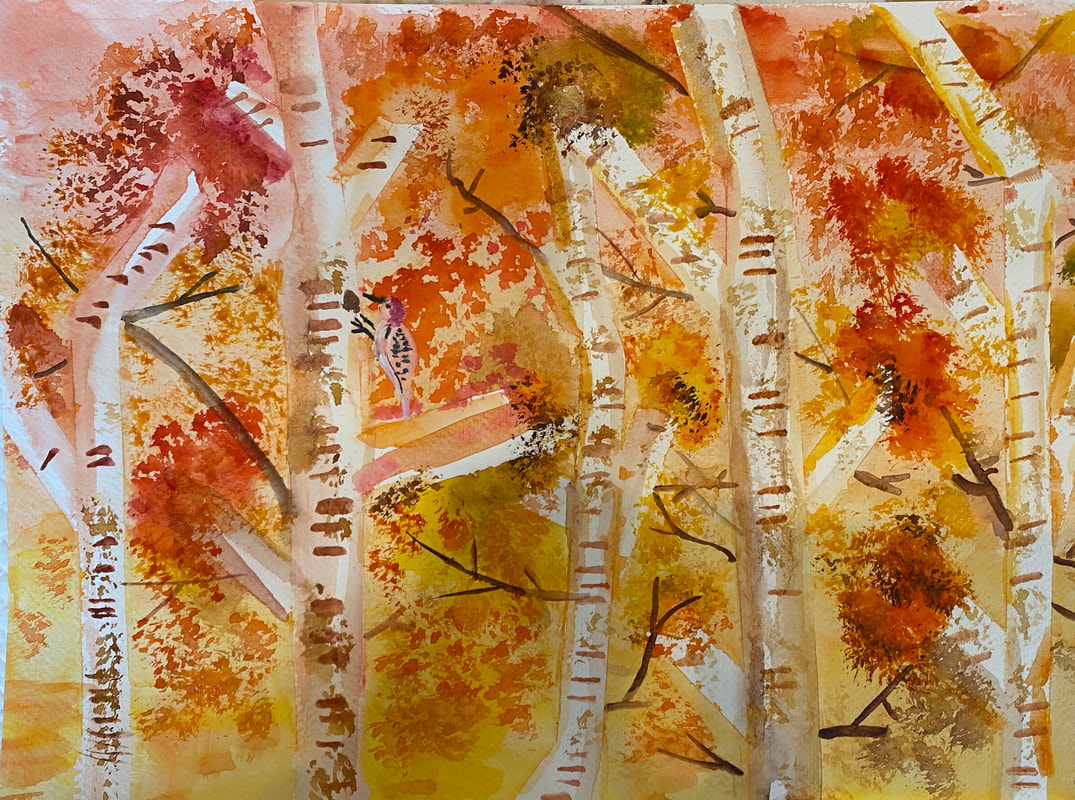
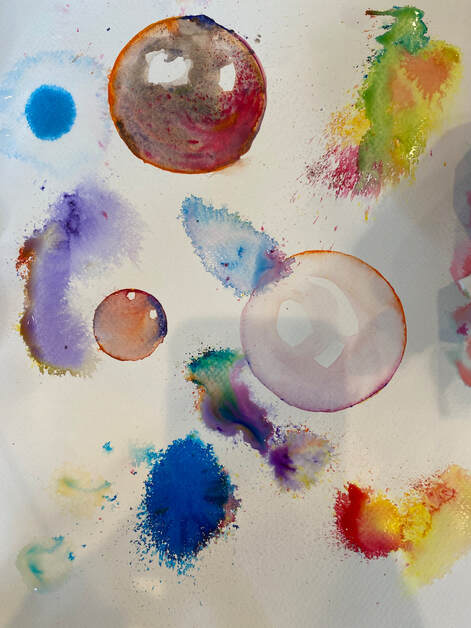
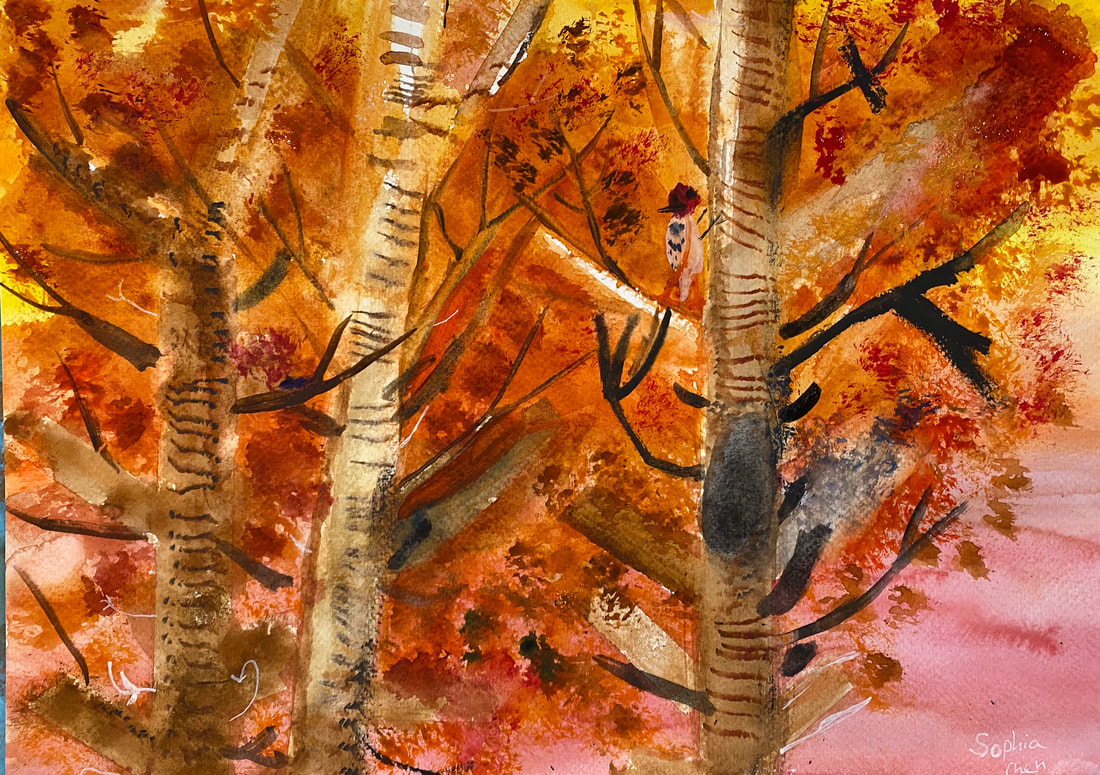
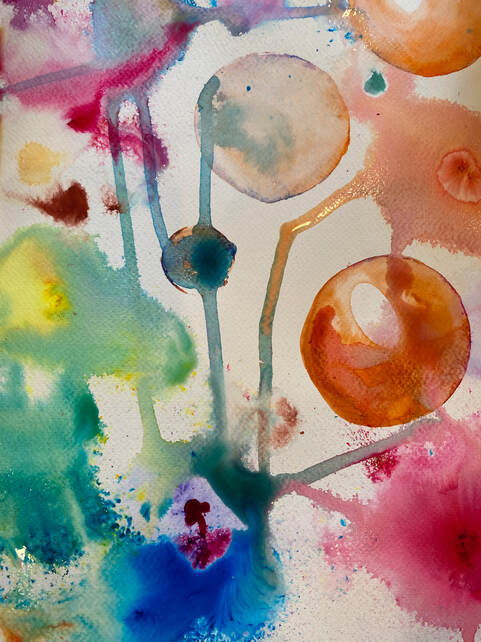
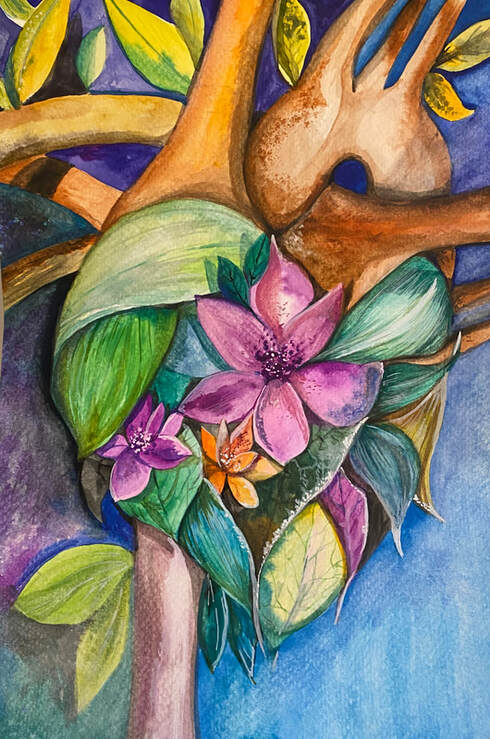
 RSS Feed
RSS Feed